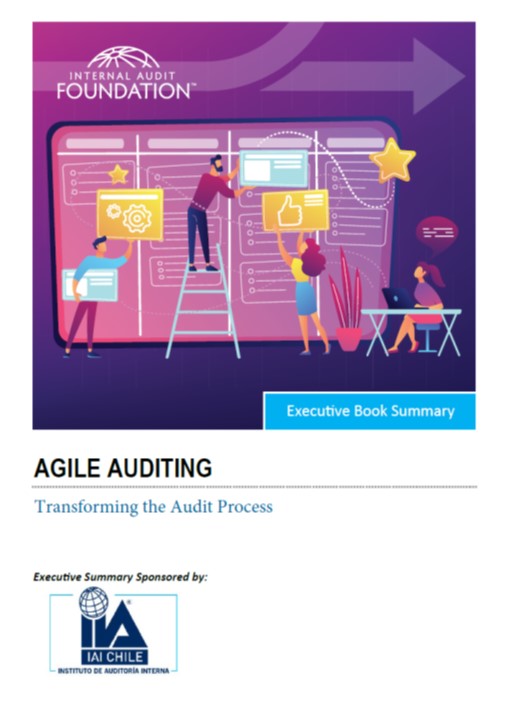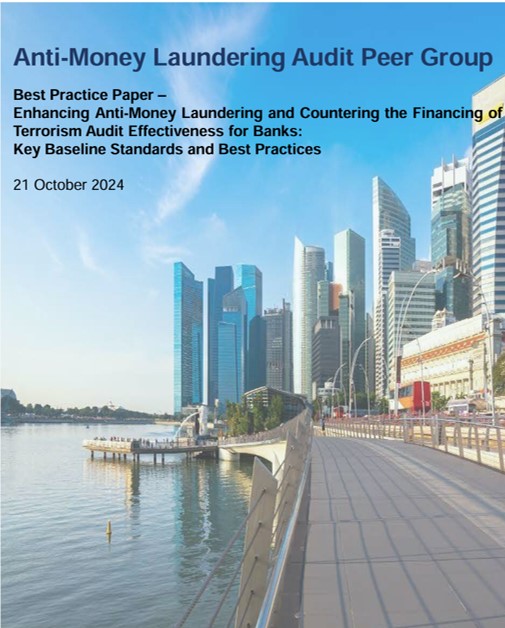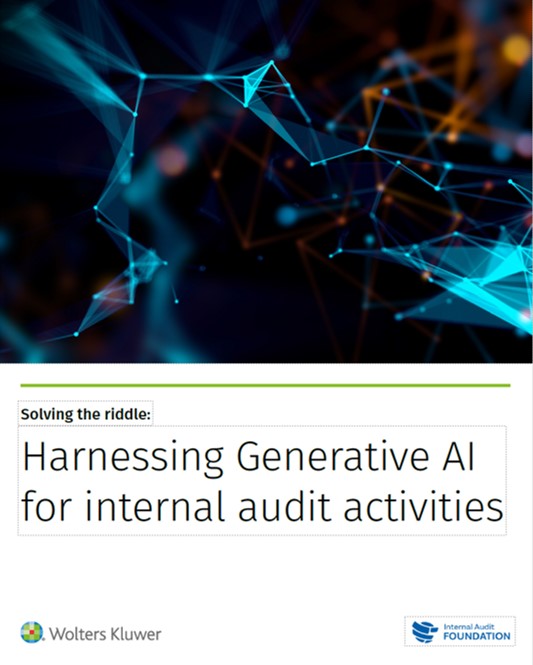Transforming the Audit Process
The term “agile” in the internal audit context may mean different things to different people. To some, it is a macro-level mindset focused on improving internal audit engagements and activities in a way that minimizes waste and is responsive to providing timely insights nimble enough to accommodate the dynamic risk environment. To others, it is a specific, defined approach to executing internal audit engagements that enhances value to stakeholders. These two different definitions are referred to as agile (little “a”) and Agile (big “A”), respectively.
- Agile (little “a”): a verb used to describe process improvement efforts (exclusive of a specific methodology) employed by internal audit functions to achieve a more nimble, less wasteful internal auditing process. For example, a chief audit executive is looking for opportunities that will make audit processes more agile so that internal auditing services are more capable of addressing the dynamic risk environment.
- Agile (big “A”): a noun used to describe the use of specific agile software development methodologies and an associated mindset shift to achieve more value and agility from the internal auditing process. For example, an internal audit function is using Agile software development approaches to innovate the internal auditing process in an effort to better address the dynamic risk environment.
The implementation and execution for these distinct approaches to improve internal auditing is very different. The process improvement path to becoming a more agile internal audit function (i.e., agile little “a”) is important to recognize because practitioners are driving real value from these efforts. However, this path has no universal underlying approach. For this reason, the latter path (i.e., Agile big “A”) is the primary focus of attention from this point forward, because it does have an associated methodology to be implemented.
We reccommend reading Agile Auditing for deeper knowledge about the subject.




